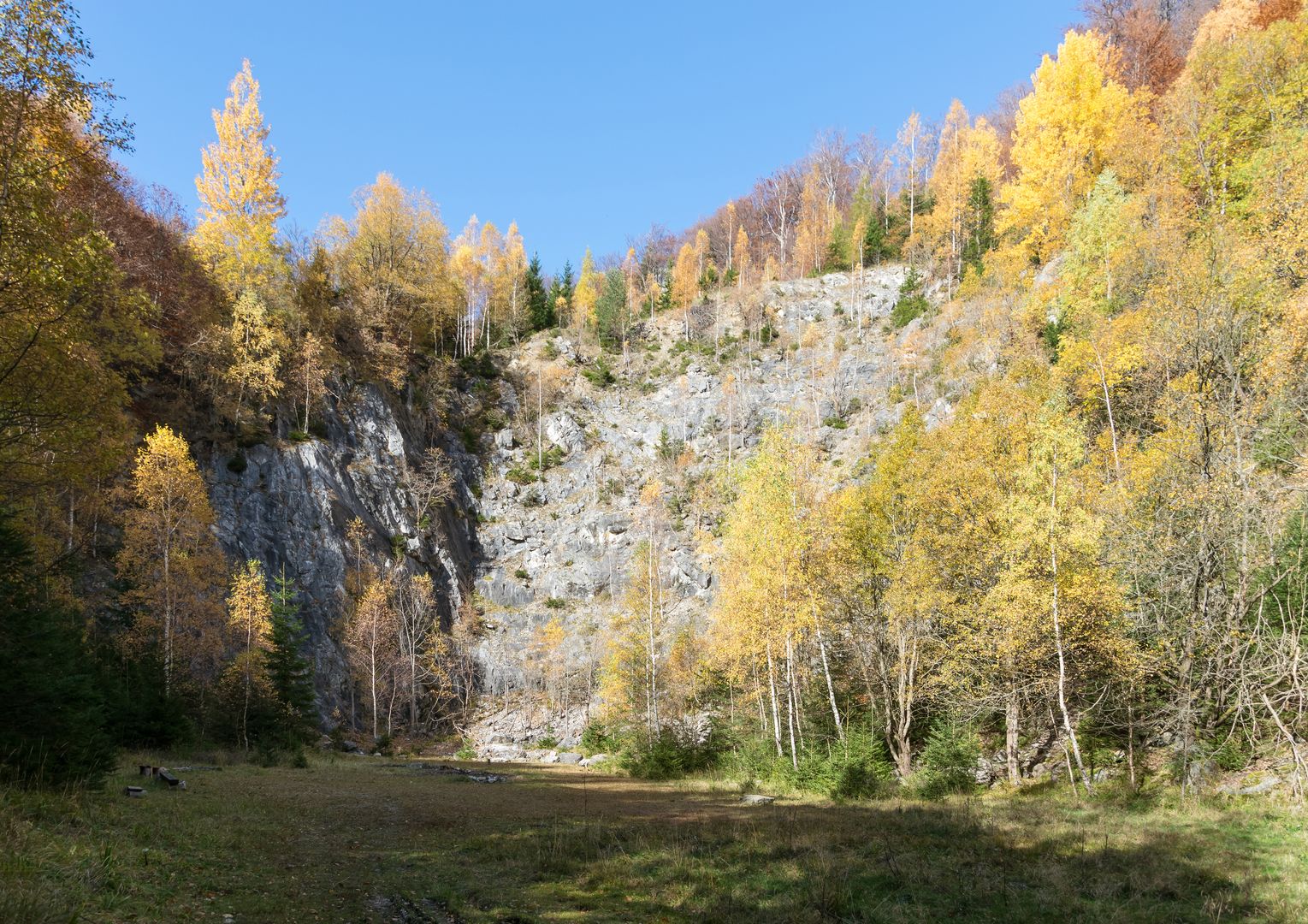Kletno
6.78

Overview
Kletno, formerly known as Klessengrund, is a picturesque village located in the Kłodzko County of Lower Silesia, within the municipality of Stronie Śląskie. It lies entirely within the Śnieżnik Landscape Park. The village boasts a rich history dating back to the 14th century, when it was associated with iron ore mining. The first mentions of the settlement appear in documents from 1347, and the name Kletno most likely derives from a tool used for crushing ore. In the 15th century, intensive mining operations took place, and the extraction of resources, including silver and fluorite, continued over the following centuries, although a significant decline in mining occurred after the Thirty Years' War. In the 18th and 19th centuries, the village became part of a larger estate, developed touristically, and saw the construction of new roads, which contributed to an increase in tourist traffic. After World War II, the inhabitants of Kletno were primarily engaged in agriculture and marble mining, which led to significant degradation of buildings. In 1966, the Bear Cave (Jaskinia Niedźwiedzia) was discovered, marking the beginning of tourism development in the region. The cave, known for its rich fauna, became a subject of research and nature conservation and was opened to tourists in 1983. Kletno is also home to unique flora and fauna, including chamois, deer, and rare bird species. Geographically, Kletno stretches along the Kleśnica River valley, which separates two mountain ranges, contributing to the region's natural and touristic diversity. Its microclimate is characterized by the absence of summer and the exceptional tranquility of the valley. Kletno combines a rich cultural and natural heritage, making it an interesting destination for both history enthusiasts and mountain tourism lovers.
Location
2025 Wizytor | All Rights Reserved